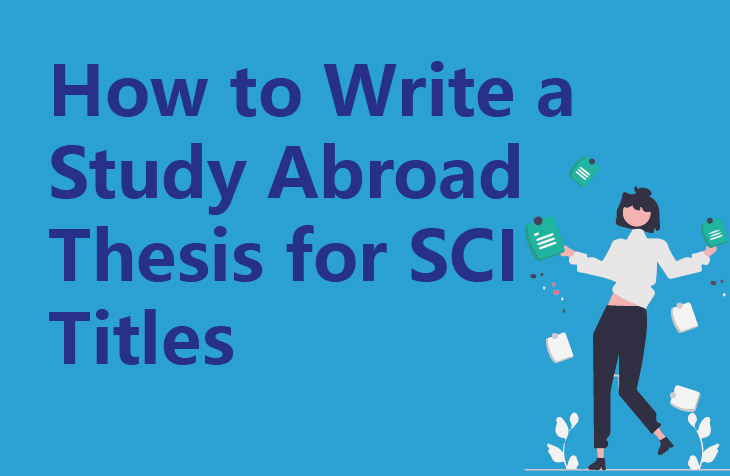The title should summarize the most important content of the entire paper, be concise, appropriate, eye-catching, and strive for brevity, generally not exceeding 20 Words can be explained with subheadings.
English Abstract and Keywords
Internal customers should correspond to the Chinese “content summary”.
Use the third person, preferably in the present tense
Title “Abstract” (Content Summary)
Set as font: Times New Roman
Bold: Centered; Number three; Line spacing: fixed value of 200;
Both before and after the segment are automatic.
Set the selection of Abstract text to indent the first line of each paragraph by 2 words(4 letter positions),
Font: Times New Roman, font size: Small
Text layout
There is not much to say about the text format, which is definitely Times New Roman. The font size may vary depending on the journal, but most of the ones I encounter do not. The writing format in English is that the first paragraph of each section does not use spaces, which is the basic principle of English writing. However, there may be special situations where the first paragraph also has spaces. After all, we are submitting articles and follow their requirements. Then try to distinguish the main title and subheadings from the font size of the main text as much as possible
Formula Format
The formula must be written in mathtype, and most journals align the formula with the right bracket. There are several ways to do this
You can go to your own Baidu and recommend using the method of defining tab positions. There are also journal formulas with left aligned numbering and right aligned numbering, which is very convenient
It’s simple, just set it in the usual table position. Please refer to the journal when explaining the formula in the text
Is equality written in full or abbreviated as Eq.0
Images and Tables
The image is centered, but some captions require it to be centered, while others require it to be aligned on both ends or left. Is Figure the full name or abbreviation
Fig. Some journals require images and tables to be saved as separate files, or all of them to be listed after the main text, or they must be inserted
In the appropriate position in the text, refer to the requirements of the Guide for Authors.
There are some things to note about the table here. A three line table is a more formal academic form, and a journal will require a three line table system
Table
Recognize dgements
Knowledge can include fund numbers, author contributions, and conflicts of interest. Nowadays, when submitting to a journal, there is a requirement to upload a separate declaration of interests statement, which is a conflict of interest.
Also, author contributions are generally required to be uploaded separately as an author statement. Each author should write their contribution to the article, which is a type of contribution provided by the journal’s standard language and not written under their own jurisdiction. Click on the corresponding style in the Guide for Authors to see it
Materials and Methods
(1) Experimental subjects
(2) Experimental instruments: equipment name, manufacturer model, operating method
(3) Experimental materials: Name, ingredients, specifications, purity, origin, production time, batch number, concentration, dosage, administration method, route, total amount of medication of drugs and reagents
(4) Experimental methods and conditions
(5) The results of statistical methods are the value of a paper and the crystallization of research findings
The content of the results
(1) Data: No need for raw data, statistical processing is required
(2) Chart: Used to display regularity and comparative methods
(3) Photos: Can vividly and objectively express research results
(4) Text: Writing requirements for explaining the results of data charts and photos
(1) Arrange according to the factual materials obtained from the experiment, which can be divided into sections and subheadings can be added
(2) Explain objective results without adding the author’s evaluation, analysis, and reasoning
(3) The results should be truthful and should not be arbitrarily deleted from data or other results that do not conform to subjective assumptions
(4) Due to the large amount of space occupied by charts and photos, problems that can be explained in text should be minimized or avoided as much as possible
Conclusion or Conclusion
(1) Briefly describe the cause and purpose of studying this work
(2) Study the historical background of this work
(3) The current research status and trends of this work both domestically and internationally
(4) Emphasize the importance of this work. Necessity and research significance
(5) Appropriately explain the time frame for studying this work. Materials and Methods
Writing requirements for the introduction section
(1) Simple and clear, usually 200-500 words, accounting for approximately 1/8-1/10 of the entire text
(2) Seeking truth from facts and observing evaluations from the cellar, one should not deliberately underestimate their predecessors and avoid making hasty assertions
(3) Don’t use clich é s, what is your level? There is a consensus on your own
(4) Same as the abstract, avoid duplication with the main text, and do not involve results or conclusions
(5) Generally, the title does not include the words “Introduction”
discuss
(1) Theoretical analysis and explanation of various data or phenomena during experimental observation
(2) The theoretical significance of experimental results and their guiding role and application value for practice
(3) Assess the correctness and reliability of one’s own results. Compare the results with others and explain the reasons behind them
(4) Exploration of the mechanism of action or the law of change
(5) Research trends in similar topics both domestically and internationally and their relationship with this article




